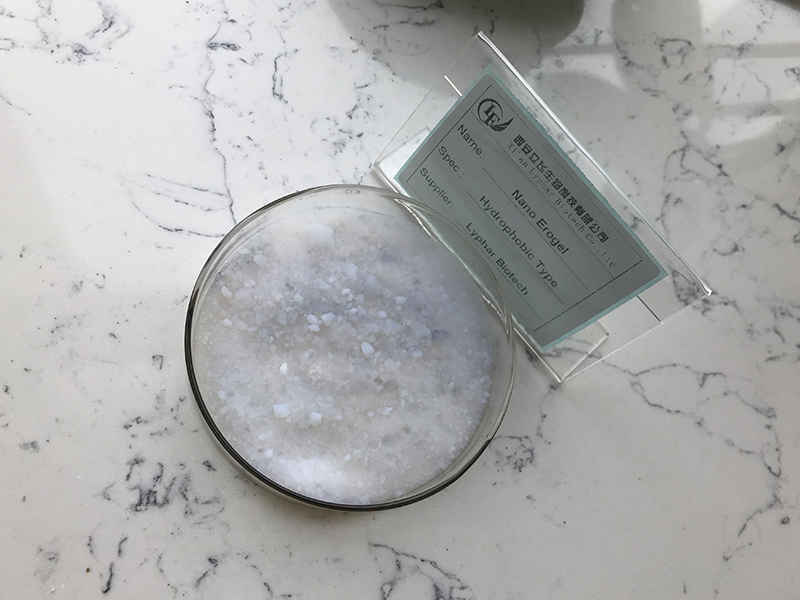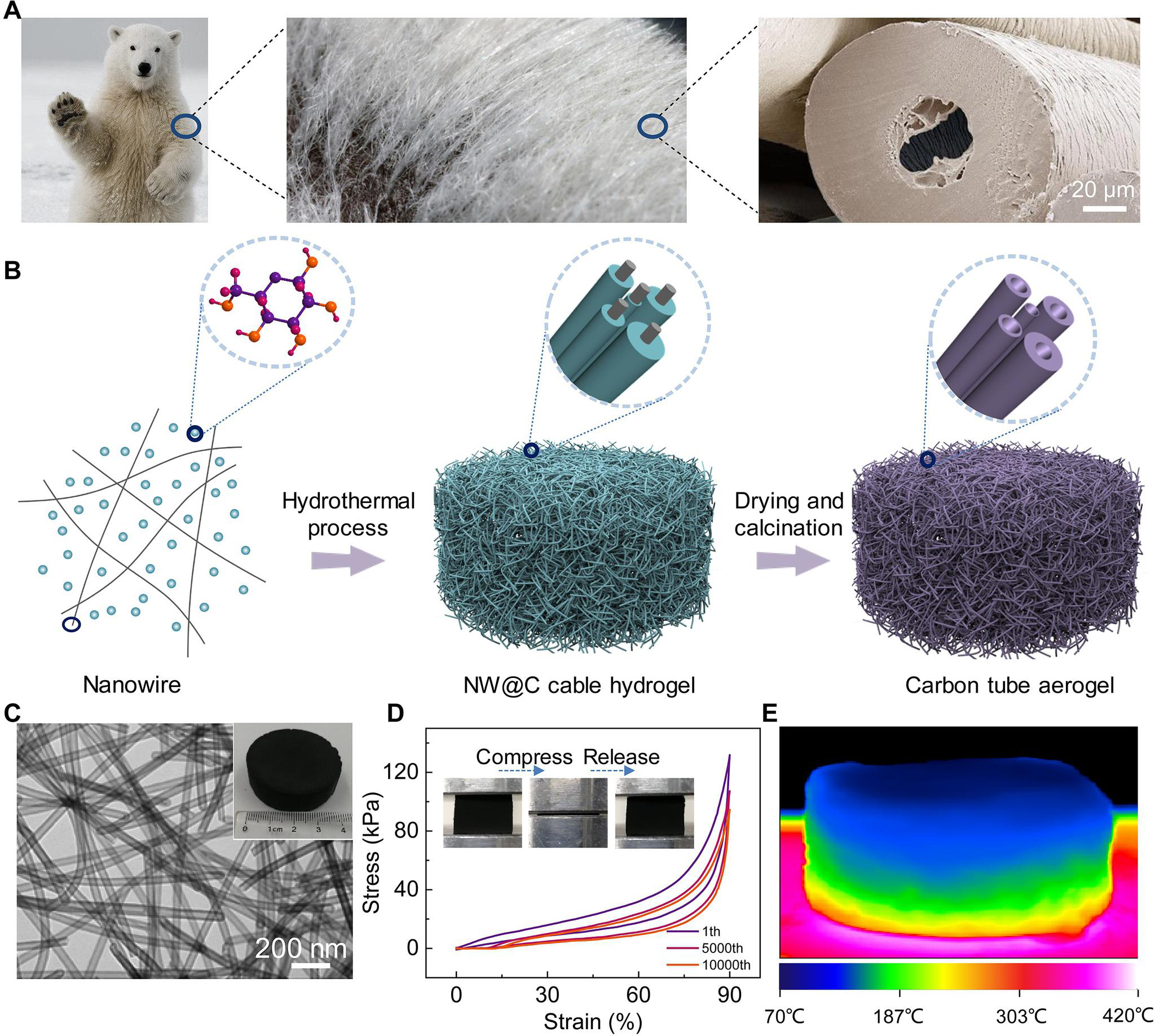Aerogel is a unique and lightweight material known for its extremely low density and high porosity. It is often referred to as “frozen smoke” or “blue smoke” due to its translucent appearance. Aerogels are created through a process called sol-gel, which involves replacing the liquid component of a gel with a gas.
The key characteristics of aerogels include:
Low Density: Aerogels are incredibly light, with densities as low as 0.0011 g/cm³, making them one of the lightest solid materials known.
High Porosity: They have a highly porous structure, with a large percentage of their volume consisting of air or gas-filled pores. This porosity contributes to their low density.
Insulating Properties: Aerogels are excellent thermal insulators. Their low thermal conductivity makes them effective in applications where insulation is crucial, such as in spacecraft, thermal clothing, or building insulation.
Transparency: Depending on the type of aerogel and its formulation, some aerogels can be transparent or translucent. This property has led to applications in optics and as a lightweight supporting material for certain kinds of lenses.

Brittle Nature: Despite their unique properties, aerogels are typically fragile and can be brittle. Care is needed in handling them to prevent breakage.
Aerogels find applications in various fields, including aerospace, insulation, oil and gas, electronics, and scientific research. Due to their unique combination of properties, researchers continue to explore new formulations and applications for aerogels in different industries.
How to use Aerogel?
Aerogel is a remarkable material known for its extremely low density and high thermal insulation properties. It is often referred to as “frozen smoke” or “blue smoke” due to its translucent appearance. While aerogels have various applications, here are some general guidelines on how to use aerogel:
1.Handle with Care:
Aerogel is fragile and can be easily damaged. Handle it with care to avoid breaking or crumbling.
Use gloves to prevent oils and dirt from your skin from affecting the aerogel’s properties.
2.Avoid Compression:
Aerogels are highly porous and can lose their unique properties if compressed. Avoid applying excessive pressure.
3.Temperature Considerations:
Aerogels have excellent thermal insulation properties. They can be used in applications where thermal resistance is essential, such as in spacecraft insulation or in outdoor clothing.
Be aware of the temperature limitations of the specific aerogel you are using, as some types may not be suitable for extreme temperature conditions.
4.Cutting and Shaping:
Aerogels can be cut and shaped to fit specific applications. Use a sharp knife or a hot wire cutter to shape the aerogel without causing damage.
Always follow safety guidelines when cutting aerogel, as the dust created during the cutting process can be harmful if inhaled.

5.Sealing and Encapsulation:
Due to its fragile nature, aerogel may need to be encapsulated or sealed within another material for certain applications. This can protect it from damage and enhance its usability in different environments.
6.Applications:
Aerogels find applications in various fields, including insulation, oil spill cleanup, lightweight structural components, and more.
In construction, aerogels can be used as insulating materials in walls, roofs, and windows to improve energy efficiency.
7.Consider the Type of Aerogel:
Aerogels come in different types, such as silica aerogel, polymer aerogel, and carbon aerogel. Each type has unique properties, and the choice of aerogel depends on the specific requirements of the application.
8.Research and Consultation:
Before using aerogel for a specific purpose, conduct thorough research on its properties and limitations.
If needed, consult with experts or manufacturers to ensure that you are using the aerogel appropriately for your intended application.
Always refer to the manufacturer’s guidelines and safety data sheets for specific information about the aerogel you are working with, as properties and handling recommendations can vary among different types and brands of aerogels.
